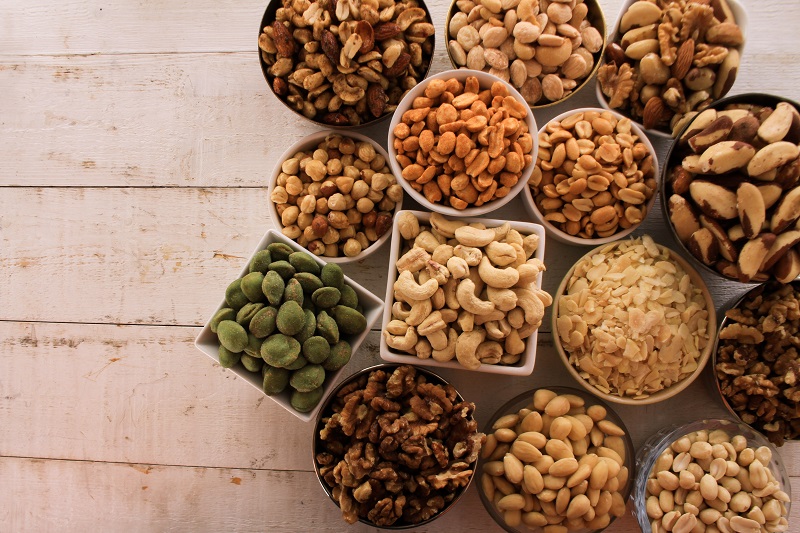As of the 11th April 2018 Regulation (EU) 2017/2158 came into force which outlines that food business operators must work to tighter controls for determining the level of acrylamide in foodstuffs and in accordance with the requirements set out in Annex III.
The new regulation will require that food business operators (FBOs) apply mandatory measures to reduce the presence of acrylamide, proportionate to the size and nature of their establishment. It is believed by the Commissioner for Health and Food Safety, Vytenis Andriukaitis that this is a vital step in protecting the overall health and well-being of citizens.
It has been known for some time that Acrylamide is a carcinogenic substance that forms from naturally present free asparagine (amino acid) and sugars during high temperature processing, such as frying, roasting and baking, particularly in potato-based products, cereal-based products, coffee and coffee substitutes. It is believed that with the introduction of this new regulation will not only help to reduce the presence of this carcinogenic substance but also will help raise awareness on how to avoid the exposure to it that often times comes from home-cooking. Acrylamide is created when starchy foods such as potatoes and bread are cooked at high temperatures, such as when baking, frying, grilling, toasting or roasting.
New Lower Price
If you require Acrylamide Analaysis please follow the link below:

It has been recognised in recent times by the EFSA (European Food Safety Authority) that the levels of acrylamide were not consistently decreasing in recent years, publishing its full risk assessment of acrylamide in foods back in 2015. This assessment reconfirmed previous evaluations that acrylamide in food potentially increases the risk of developing cancer for consumers in all age groups. In practice, this means that businesses will be required to identify where the hazard of acrylamide formation occurs and then to implement mitigation (or reduction) measures to ensure levels are as low as its reasonably achievable. This new regulation which is now in force (from 11 April 2018) and establishes lower benchmark levels for different foods as well as promoting best practice in controlling acrylamide levels requires food businesses to identify potential sources of acrylamide and demonstrate they have taken appropriate action to reduce levels.
Avoid contamination to ensure food safety
Contaminants are substances that may be present as a result of the various stages of growing, processing, packaging, transport or storage. The different forms of contamination can also be:
Pesticides: The presence of pesticides is one of the most common reasons for border authorities to reject food stuffs coming from producing countries. European Union’s legislation on Maximum Residue Levels (MRLs) of pesticides establishes the MRLs of pesticides permitted in products of animal and vegetable origin which are intended for human consumption. Read more
Mycotoxins: Moulds and fungi are another important reason for border rejections for coffee. Ochratoxin A (OTA) levels are an specific point of attention. Read more







